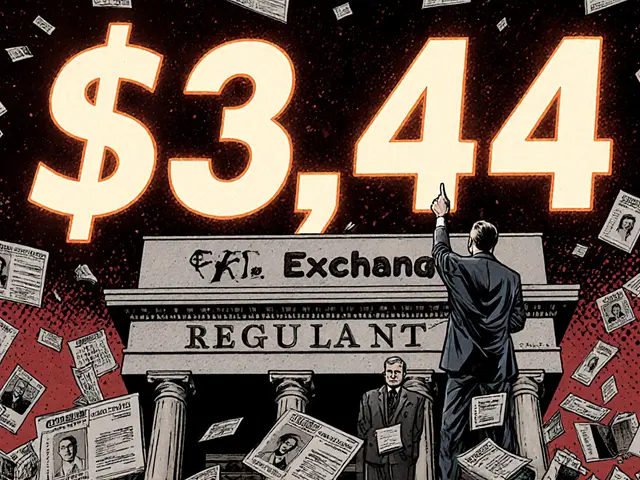Merkle Tree: How Blockchain Verifies Data Without Revealing It
When you send Bitcoin or swap tokens on a decentralized exchange, how does the network know your transaction is real without seeing all your data? That’s where a Merkle tree, a cryptographic structure that bundles data hashes into a single root value. Also known as a hash tree, it lets blockchains verify thousands of transactions with just one digital fingerprint. Think of it like a family tree, but instead of names, each branch holds a hash—a unique digital signature of a piece of data. If even one letter changes in a transaction, the whole hash changes, and the tree breaks. That’s how Bitcoin and Ethereum catch fraud without storing every detail in plain view.
Merkle trees are built using hash functions, one-way mathematical operations that turn any input into a fixed-length string. These hashes are paired up, combined, and hashed again—repeating until you reach a single root hash. This root is stored in the block header, making it easy to prove a transaction exists without downloading the whole blockchain. You don’t need to trust the network; you just need the root hash and a short proof path. This is why lightweight wallets like Trust Wallet or MetaMask can check your balance without running a full node. It’s also why data integrity, the guarantee that data hasn’t been altered is so strong in DeFi protocols. If someone tries to fake a transaction, the Merkle proof won’t match the root. No exceptions.
The same structure shows up in airdrop eligibility checks, NFT minting lists, and even cross-chain bridges. Projects like Celestia use Merkle trees to prove data availability without storing everything on-chain. That’s why you’ll see Merkle roots mentioned in posts about token distributions, wallet airdrops, and modular blockchains. It’s not just a tech detail—it’s the quiet backbone of trust in crypto. Below, you’ll find guides that explain how Merkle trees power real-world crypto tools, from verifying your tokens to spotting scams hiding behind fake proofs. No fluff. Just how it works.







